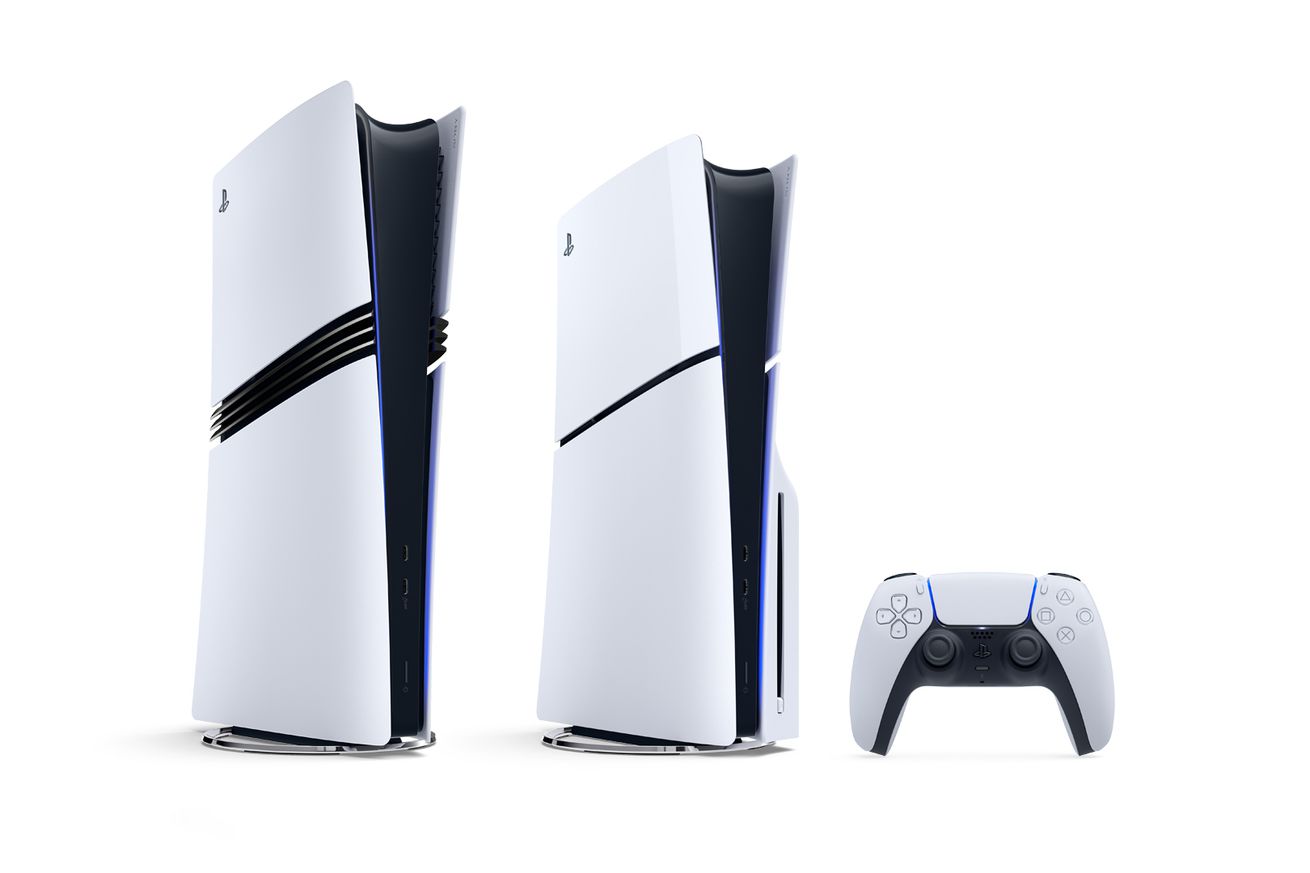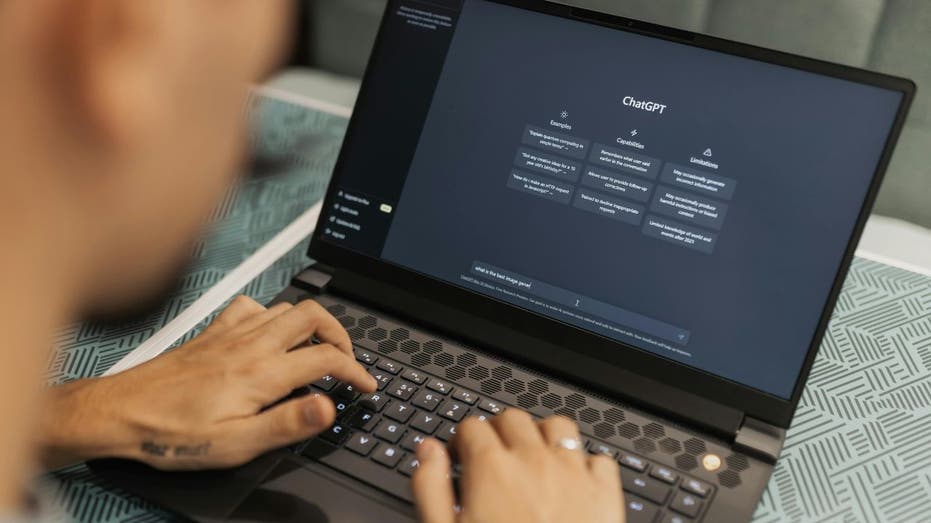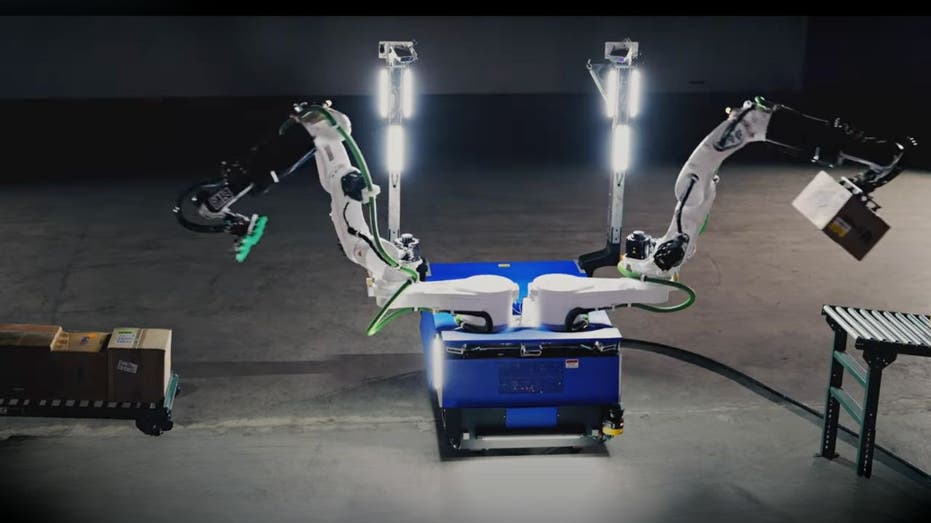- by foxnews
- 08 Apr 2025
What’s the real difference between the PlayStation 5 and PS5 Pro anyway?
After various rumors and leaks, the PlayStation 5 Pro is finally official complete with a new GPU, $700 price point, and no built-in disc drive. But is that pretty much it? What makes this new console 40 percent more expensive than the existing PS5 you can buy today for $500? The same one that’s bound to go on sale during the holidays, not long after the Pro’s November 7th launch date.What are the differences between the PS5 and PS5 Pro that make it (depending who you ask) a worthwhile upgrade or a superfluous expense?The PS5 Pro has three core performance improvements over the standard PS5, according to Sony’s technical presentation announcement, hosted by PS5 lead architect, Mark Cerny. It’s got a
- by theverge
- 12 Sep 2024
- in technology

After various rumors and leaks, the PlayStation 5 Pro is finally official - complete with a new GPU, $700 price point, and no built-in disc drive. But is that pretty much it? What makes this new console 40 percent more expensive than the existing PS5 you can buy today for $500? The same one that's bound to go on sale during the holidays, not long after the Pro's November 7th launch date.
What are the differences between the PS5 and PS5 Pro that make it (depending who you ask) a worthwhile upgrade or a superfluous expense?
Spec and performance differences
The PS5 Pro has three core performance improvements over the standard PS5, according to Sony's technical presentation announcement, hosted by PS5 lead architect, Mark Cerny. It's got a new, more powerful GPU for more compute power and faster rendering; advanced ray tracing for improved in-game reflections and more immersive lighting; and a new PlayStation Spectral Super Resolution (PSSR) upscaler to keep frame rates high without sacrificing resolution and image quality.
The GPU is really the star of the show, as Sony is saying it promises to have 67 percent more compute units and 28 percent faster memory yielding 45 percent faster rendering. But the CPU and storage speed in the PS5 Pro is unchanged, so while it should deliver 4K resolution and maintain 60 fps or greater, it's possible the console won't load or boot up games any faster.
The biggest change for current PS5 owners here is that playing on a PS5 Pro will no longer require choosing between Performance and Fidelity modes (the decision many current games force on users for either prioritizing frame rate smoothness or crisper visuals). But Sony could just move those goal posts with the PS5 Pro, since the upcoming console also supports 8K gaming. It's possible Performance and Fidelity modes will still be with us if playing games in 8K means once again sacrificing frame rate - which it's sure to do. The difference there is that most people will not care, because who the hell owns an 8K TV right now?
As for ray tracing, that's a feature that's been supported in the PS5 since launch. But the PS5 Pro's advanced ray tracing is promising to make it better, with more dynamic reflections and light refractions. Basically, games with pretty lighting and lots of reflections should look a bit prettier (rejoice, Gran Turismo 7 fans). So far, ray tracing on the current PS5 has been a little lackluster compared to what's possible on PCs with high-end GPUs (which, to be fair, cost more than a PS5 Pro on their own). But that's more to do with the games themselves than the console. Many titles aren't optimized for ray tracing on console, although there have been some PS5 standouts like Marvel's Spider-Man 2 that have good ray tracing performance. The PS5 Pro should just make them look better without compromising for the sake of frame rates.
The PSSR AI-driven upscaler is the most technical software trick of the PS5 Pro's features. It's a lot like Nvidia's popular DLSS feature on PCs, and it's a post-processing asset that helps achieve higher frame rates at high resolutions. The standard PS5 uses more conventional anti-aliasing, while the PS5 Pro will utilize machine learning to scale things based on what's being actively rendered on your screen. It's one of those things that works in the background to tidy up small details.
Another way the PS5 Pro should be more performant than the current PS5 is its support for Wi-Fi 7 (the PS5 has Wi-Fi 6, and never even made the jump to 6E when the Slim came out). That may be helpful with downloading massive games to the Pro's 2TB internal SSD at faster speeds, but only if your home network supports Wi-Fi 7 - which most people have not yet adopted due to the cost involved. Notably this feature will not help Remote Play on the PlayStation Portal, as Sony's one-trick pony handheld for console streaming is bafflingly limited to Wi-Fi 5.
Physical hardware differences (what we know so far)
Outside of the new GPU and the remixed cooling system it will require, the biggest physical differences in the PS5 Pro are its design and the absence of a disc drive. The Pro will be tall and long like the original PS5, but with the thinness of the revised Slim model. It has a new finned design element across the side slashes on its removable plates (which Sony will sell customizable replacements for at a later time). Personally, I think it's still a bit ugly, and I fear Sony's refusal to show the front of the console in horizontal orientation means there's another weird trick planned to let it rest on its side. The Slim used silly-looking little legs like a pizza saver to keep it balanced. I'd hate for the pricier Pro to do the same.
The lack of a disc drive can be remedied by purchasing the same $79.99 modular drive Sony already sells for the PS5 slim. So instead of having the option for buying a PS5 Pro with or without a disc drive (the practice Sony started with the very first PS5 at launch), you're only left high and dry to get your own. It's fair to think a "pro" console calls for all the bells and whistles, including physical media that some diehards may prefer, but this may just be the start of the digital-only future for the next generation of consoles. And at least the M.2 slot is maintained on the Pro, for adding even more speedy storage.
Another bit of ever-changing I/O on PS5 consoles are the USB ports, which on the PS5 Pro continues the slow march toward being nearly entirely USB-C. Here's a simple breakdown of the USB ports on all three PlayStation 5 consoles since launch:
PlayStation 5 (original): One USB-C and one USB-A on the front / Two USB-A on the rearPS5 (slim): Two USB-C on the front / Two USB-A on the rearPS5 Pro: Two USB-C on the front / One USB-C and one USB-A on the rear
So you still get four USB ports in total on the PS5 Pro (thankfully) and most of them are USB-C. We don't know how fast each of them are on the Pro, but considering both the original PS5 and the slim have three SuperSpeed 10Gbps ports and one slower port it's likely a safe bet the Pro will follow suit.
The four USB ports of the original PS5. Image: SonyThe revised USB ports of the slim PS5. The asterisk denotes which port the PSVR 2 must use. Image: Sony
One thing that is not changing are the controllers. The PS5 Pro will ship with the same old white DualSense controller, complete with its potentiometer-based analog sticks that can develop drift over time. The Pro would have been a nice opportunity for the DualSense to switch to drift-free Hall effect sticks, but no such luck.
Who is the PlayStation 5 Pro for?
This is the second console generation with a mid-cycle "Pro" model release, and while the PS4 Pro seemed to be generally well received in 2016, let's not forget it launched at the PS4's original price of $400 alongside a cheaper slim model. The market is much different now, with the slim PS5 offering no price reduction (aside from the occasional bundled game) and the PS5 Pro coming at a steep $700 (or $780 with the add-on disc drive).
The PS5 Pro seems mostly for the PlayStation superfans who might just buy it at nearly any price. But there are other people who are looking for something they can just turn on and play - no messing with drivers or dealing with the configurations and costs of a gaming PC. For those people, the PS5 Pro feels like a great option, even if the cost might have them balking at first.
- by foxnews
- descember 09, 2016
Ancient settlement reveals remains of 1,800-year-old dog, baffling experts: 'Preserved quite well'
Archaeologists have recently unearthed the remarkably well-preserved remains of a dog from ancient Rome, shedding light on the widespread practice of ritual sacrifice in antiquity.
read more





